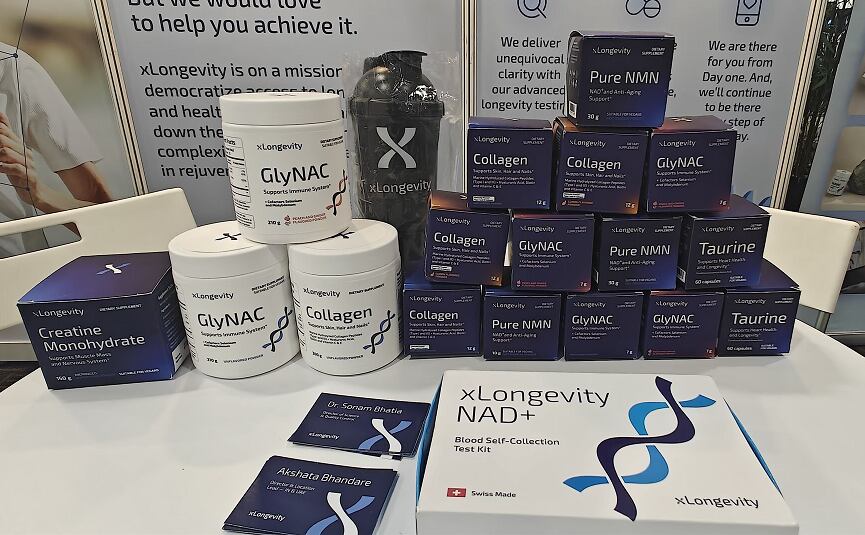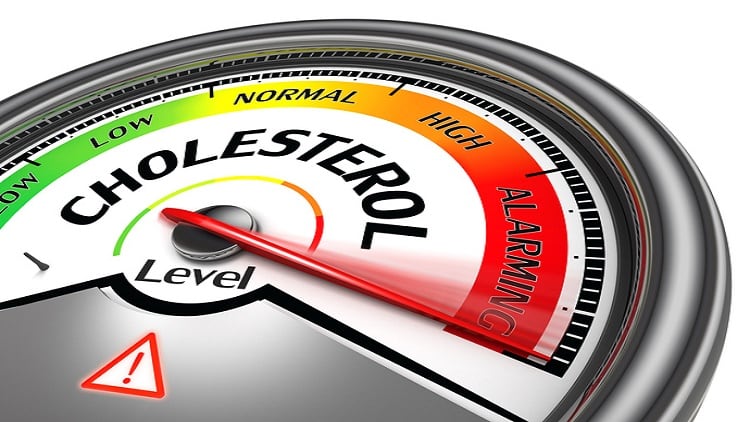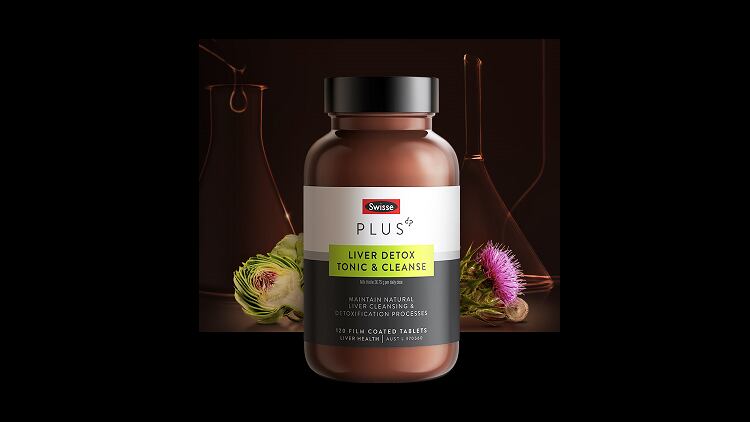Writing in Brain, Behavior, and Immunity, the researchers also pointed out that supplementation of EPA also reduced anxiety and depression scores.
However, the benefits were more pronounced in women than men.
The trial was conducted by researchers from various institutions, including China Medical University Hospital’s Mind-Body Interface Research Center (MBI-Lab), Kuang Tien General Hospital’s Department of Neurology, and National Yang Ming Chiao Tung University.
Involving 70 participants aged between 20 and 65, the 12-week randomised, double-blind, placebo-controlled trial was conducted between March 2020 and May 2022.
They were randomly assigned to either the placebo or the intervention group, where they took a capsule containing 900mg of EPA after breakfast and dinner, which amounts to 1.8g of EPA consumption in total each day.
Their frequency of migraine and severity of headache were recorded during the trial based using the visual analog scale (VAS) and Migraine Disability Assessment (MIDAS).
The researchers also studied the effect of EPA on their anxiety and depression levels, quality of life, and sleep quality.
Findings showed that EPA supplementation at 1,800mg per day had significantly improved various parameters, including cutting down the number of days with episodic migraine and severity of migraine.
For instance, the frequency of migraine dropped by 4.4 ± 5.1 days – from 7.4 ± 5.0 days per month to 3.0 ± 2.0 days in the intervention group.
In contrast, there were no significant changes in the placebo group, as migraine frequency only changed from 6.7 ± 4.6 days per month to 6.1 ± 3.5 days by the end of the trial.
In addition, headache severity for the intervention group had dropped significantly based on VAS score – which went down from 5.5 ± 2.0 to 4.2 ± 2.6.
However, the VAS score for the placebo group remained around the same as baseline at 5.3 ± 1.8 after the intervention.
The above improvements also led to lesser use of acute headache medication in the intervention group, as the frequency of using the medication dropped from 2.9 ± 3.2 days per month to 1.6 ± 1.7 days.
Again, the placebo group did not see any significant change as the frequency of medicine use was 3.6 ± 3.3 days per month, up from the baseline of 3.5 ± 3.2 days per month.
Reduction in anxiety and depression index
EPA supplementation also led to a reduction in anxiety and depression index, which the researchers said was a new finding not yet reported in previous studies.
The Hospital Anxiety and Depression Scale (HADS) in the intervention group, for instance, went down significantly from 8.9 ± 7.5 to 4.9 ± 5.6 but had increased for the placebo group from 6.4 ± 5.4 to 7.6 ± 8.0.
“In the present study, we found that in addition to decreasing the frequency and severity of migraine, EPA supplementation ameliorated the associated emotional burden, such as anxiety and depression.
“To our surprise, previous studies did not assess the effect of omega-3 PUFAs EM (episodic migraine)-induced mood disorders, which makes our study the first in this regard. Our finding largely agrees with the findings on the role of omega-3 PUFAs in neuropsychiatric disorders,” said the researchers.
Women benefitted more
Women also benefitted more from EPA supplementation when it comes to migraine management.
For example, their migraine frequency went down significantly from 8.1 ± 5.1 days per month to 3.1 ± 2.2 days per month post-intervention.
Although migraine frequency in men who took EPA was down from the 4.9 ± 3.6 days per month to 2.6 ± 1.0 days per month, the change was not statistically significant.
A similar trend was seen in headache severity, where VAS score for men who took EPA did not reduce significantly – reducing from 5.4 ± 2.7 to 4.3 ± 3.0, but the change in women was significant – down from 5.5 ± 1.9 to 4.2 ± 2.5.
They explained that omega-3 PUFAs, especially EPA, may contribute to the prevention of migraine through their anti-inflammatory effects.
However, they acknowledged that the present trial did not measure any biomarkers to find out if the improvements were associated with changes in inflammatory levels and said that this should be regarded as a future research direction.
They also pointed out that previous RCTs, reviews, and meta-analysis have not demonstrated consistent improvements in EPA supplementation and migraine, which could be due to the doses and formulations of omega-3 used.
Source: Brain, Behavior, and Immunity
A 12-week randomized double-blind clinical trial of eicosapentaenoic acid intervention in episodic migraine
https://doi.org/10.1016/j.bbi.2024.03.019.
Authors: Hsueh-Fang Wang et al





